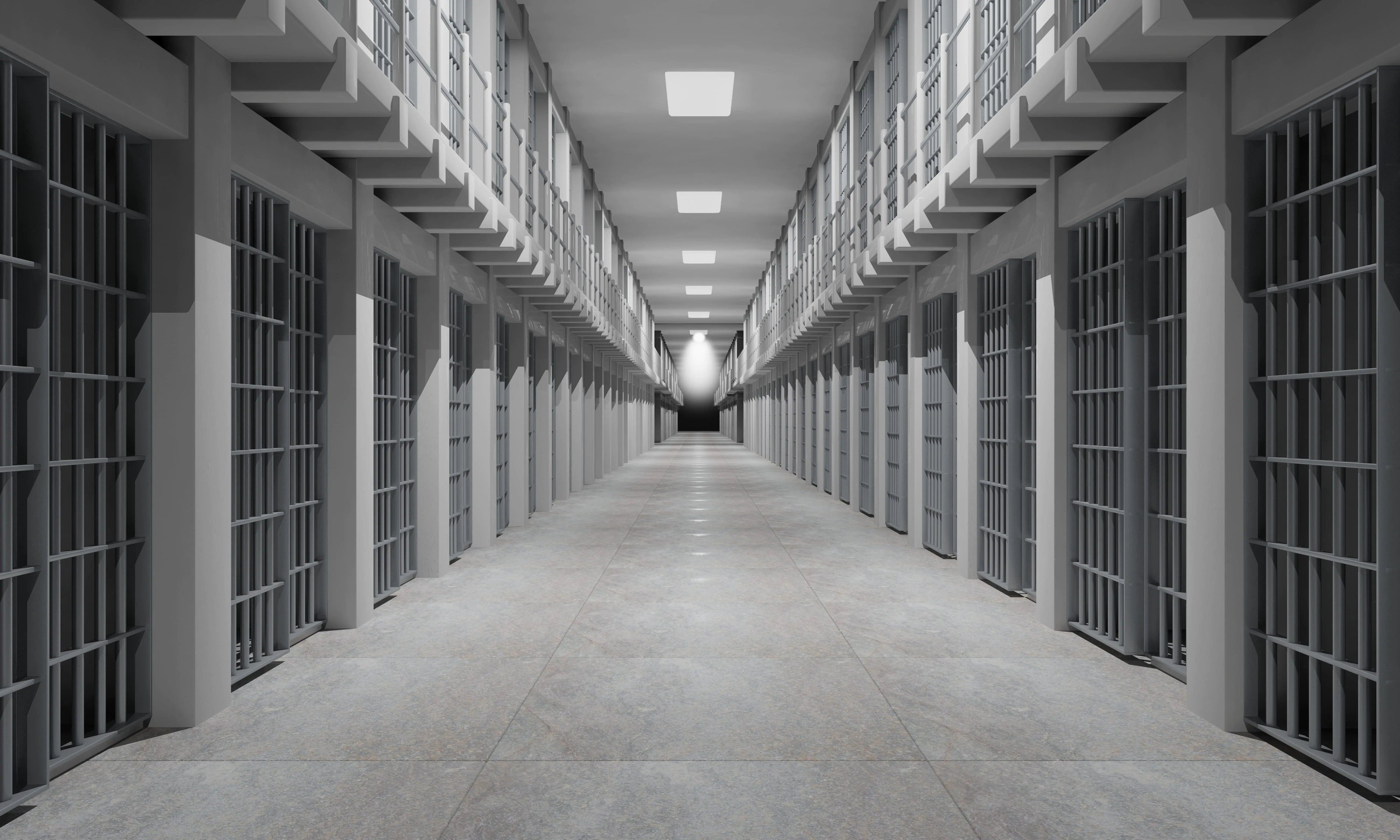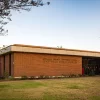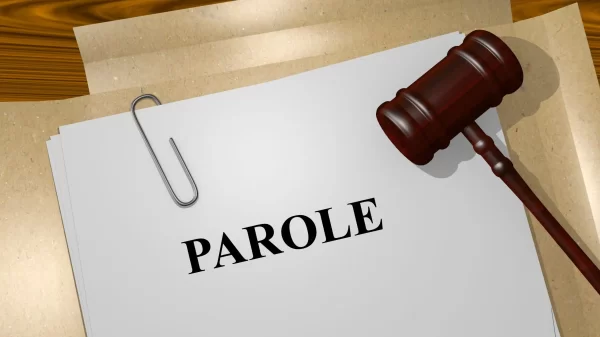Alabama’s aging and dangerous prisons have been a topic of legislative discussion for 30 years with little accomplishment.
If Gov. Kay Ivey succeeds in building three new men’s facilities, it will amount to a generational change in how the state addresses inmate detention.
By focusing primarily on the initiative’s price tag, many critics and temperate supports miss the bigger picture of overhauling a system based in a 19th century understanding of criminal justice.
The “lock them up and throw away the key” mentality of the past has run headlong into data-driven practices that reduce recidivism and improve public safety.
Prisons are meant to be punitive, but by only addressing punishment and not rehabilitation, the justice system fails to adequately acknowledge that it can’t support mass incarceration without creating an even larger criminal class.
For nearly 200 years, Alabama has known how to be tough on crime. With efforts begun by the Legislature some eight years ago, it is learning to be smart on crime.
It might surprise some to realize the breadth of criminal justice reforms shouldered by Republican lawmakers. Too often Conservative rhetoric has undermined reform efforts because no Republican wants to be seen as soft on crime.
Across the nation, data-driven sentencing reforms embraced across party lines are leading to more efficient and humane prison conditions. Expanding alternatives to incarceration and adopting policies that reduce recidivism is not only decreasing the prison population, but also keeping the most dangerous offenders behind bars. Along with occupational and life-skills training, prisons are becoming more rehabilitative, as well.
According to the DOC, assessment deferred maintenance cost on existing prisons total around $450 million annually. A figure that that nearly doubles every five years and currently stands at around $700 million.
Ivey’s administration says to maintain the current state facilities properly would cost twice as much as building new ones.
“The cost of maintaining dilapidated prison facilities is a bottomless pit, placing a large and never-ending financial burden on taxpayers,” according to the administration’s findings.
DOC Commissioner Jeff Dunn set the cost for three new facilities at around $900 million, a hefty price for a state that struggles to maintain even essential government services.
But Ivey and Dunn agree that when the assessment process is completed later this year that savings will pay for new facilities without costing taxpayers additional money. They estimate that the new facilities could actually save the state $79.6 million annually.
Taxpayers and politicos are reluctant to spend money on corrections, but the alternative is proving to be more costly in the long run according to statistics supplied by the Ivey administration.
What is certain is Ivey isn’t content to pay lip service to justice reforms but plans to address the situation before year’s end.





















































